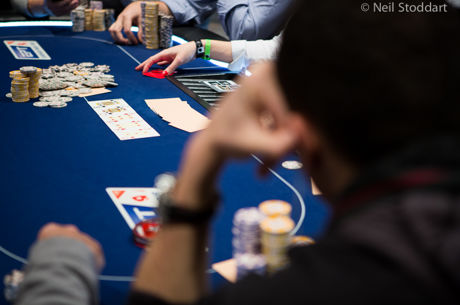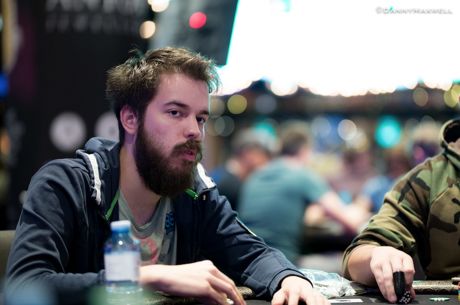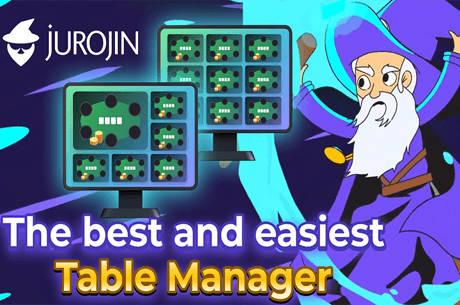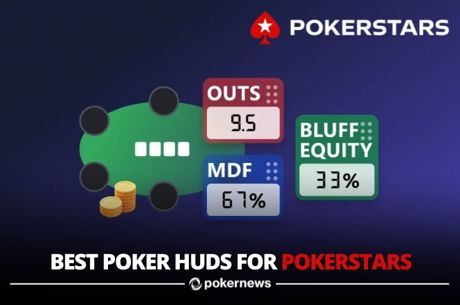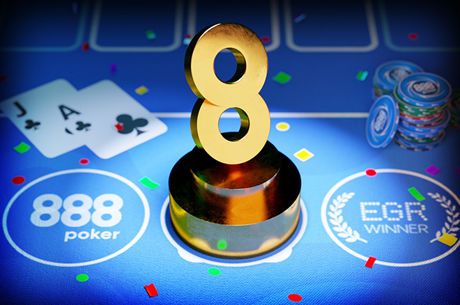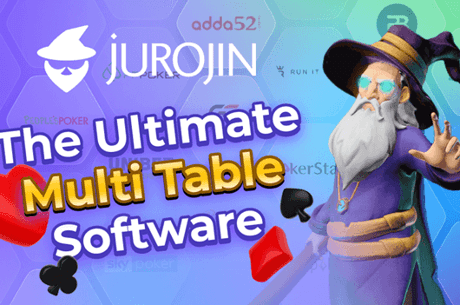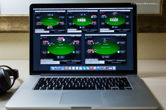Don't Try to Bluff Catch a Range Without Bluffs
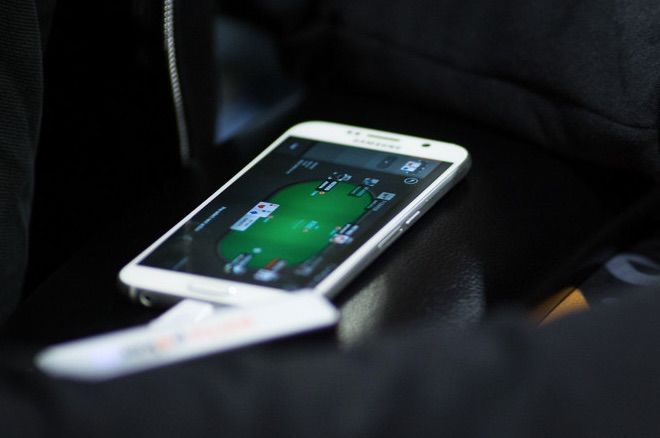
This was a real hand with real cards and real players on the internet. It is over now, but I will tell you the history. It is a parable about realizing when your opponent's range doesn't include bluffs.
Ace-High Flops
The game is six-handed no-limit hold'em, $0.50/$1 (100NL). A recreational player starting the hand with $175 opens the cutoff to three big blinds ($3). A regular then three-bets to $10 from the small blind. The cutoff calls.
Not all ace-high flops are created equal. When they are dry — like the A♣9♥3♦ one that came — most often both players are going to be in a "way ahead, way behind" situation.
The only real draw here would be with 5x4x-suited. The-out of-position player has a big advantage, as he could have AxKx and AxAx, whereas the in-position player's range includes many weak hands, suited Broadway cards, and pocket pairs. On the other hand, the cutoff can also have Ax9x-suited, 9x9x, 3x3x, and Ax3x-suited.
Starting with a Continuation Bet
The small blind continuation bet $10 on this flop and was called. On the 8♣ turn he bet again, this time $24. Our recreational player, with the advantage of position, called once more.
The river was the Q♠.
One would expect the small blind to have a wide-ish value betting range, from Ax9x and Ax3x preflop bluffs that connected, to AxQx and AxKx. If he was trying to steal preflop with Jx10x-suited, he also managed to "get there."
Meanwhile the cutoff player looks like he has a very "showdown hand range." There are no missed draws, save the aforementioned 5x4x-suited.
No Value in Checking
Despite the range advantage and the value of his hand, the small blind actually checked AxKx on this river.
Perhaps he afraid of AxQx — an example of "worst-case scenario" worrying. Sure, the cutoff player would call the three-bet with AxQx and would call both the flop and turn bets, but he would also do so with Ax10x and AxJx, and potentially with other hands that could pay off a river value bet.
So that's a first point to make here on the river — there are hands that can call a third bet from the small blind. The pot is $88, there is $131 left in the effective stacks. So there is plenty of room for a value bet with AxKx.
What about the alternative? Those showdown hands just mentioned for the cutoff are all going to check back. They want to get to showdown, and they have an easy path to get there after the small blind checks. In fact, every hand worse than AxKx is likely to check back.
Meanwhile there are slow plays and hands that have improved — hands like 9x9x, AxQx, Ax8x, and 3x3x that were not afraid of the board can now spring into action.
Categories of Hands
After the small blind checked with AxKx and the board showing A♣9♥3♦8♣Q♠, the cutoff
shoved all in for $131 into the $88 pot.
There are very few bluffs to be seen here. Even if the cutoff had bet something on the order of 55 big blinds, the small blind would have a tough decision with AxKx. Calling such big bets means hoping to see an unlikely hand.
Moreover, there are actually many hands in the cutoff's range of possibilities that are strong enough to shove for this overbet.
What Not to Do
This is a not uncommon situation, where the three-bettor and aggressor can either bet or check-fold. Because of the depths of the stacks here, bet-folding is a viable possibility. Instead the player checks, gets the signal that the cutoff rates his hand highly, and ends up calling off very hopefully with AxKx. What looks like a cooler is not.
The small blind called, and saw 3x3x this time. It's a hand that makes all the sense in the world, but it could just as easily have been 9x9x, Ax9x, or AxQx.
The hand is a classic example of a situation where one player effectively tried to bluff catch against a range that contained few, if any, bluffs.
There are some situations where you don't need to police your opponent for bluffs because of the way the board has run out, how far they player would have to go to bluff you, and how many chips your opponent has risked to do so.

